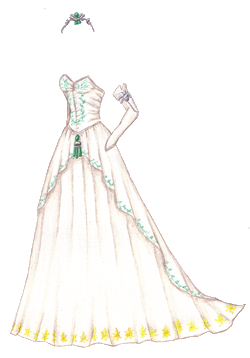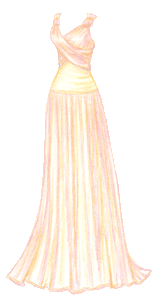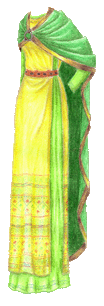 Click for larger version; click for the list of dolls.
Click for larger version; click for the list of dolls.
I downloaded Puzzle Pirates the other day — it just looked too cute not to give it a try. And indeed it was very cute, and I played a good deal of it for a couple of days. There’s a lot of puzzles to try, although I only really liked one or two of them, and the world is fun too: you can do puzzles by yourself, but you can also do them as a team, everyone working on a different kind of puzzle to make your little pirate ship sail smoothly, and it’s a lot more fun doing puzzles when you feel like it’s contributing to the speed of the ship or patching up the holes. You can also buy items for your house, or cute clothes to wear, which is where today’s paperdoll comes in.
The game has a lot of different items of clothing you can buy, and then the colors can be customized. Today’s paperdoll is based on a captain’s hat, a buccaneer jacket, flare pants and buckle shoes. One interesting thing about the clothing system is that different colors cost different amounts; this ensemble uses two of the most expensive colors, black and gold, making the estimated cost well over $100,000. Changing the colors to brown, green and white lowers it to about $7,000. So, of course, Sylvia is an admirable pirate, very skilled at plundering and puzzles, and wears plenty of black and gold. (My in-game character wears plenty of white and a shirt she got for free.)
I found this site when thinking about this paperdoll: Quid Pro Clothes, which is the website for one of the in-game tailors. (Players can just do puzzles, like me, or they can get into the metagame and the economy and start their own stores, buy their own ships, etc.) This site essentially removes much of my need to play the game, because of one reason: if you sign up for the site, it lets you play with the clothes without having to spend hours and hours saving the money first. You can also look at other people’s creations; I like this take on the Greek gods.
On a side note, apologies to Mom for driving her crazy today as I enlist her help in resume creation. “Remember it goes like this: letter first, paperdoll second” she says.
 Click for larger version; click for the list of dolls.
Click for larger version; click for the list of dolls. Share
Share

